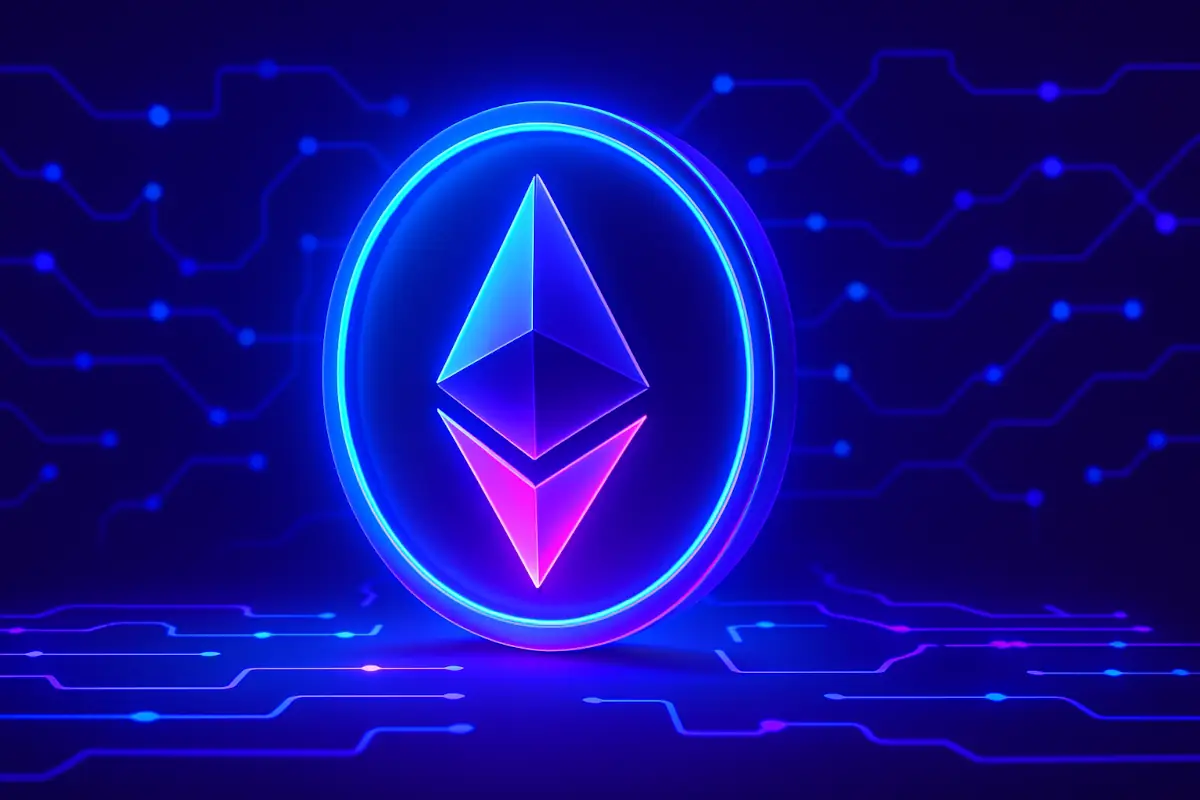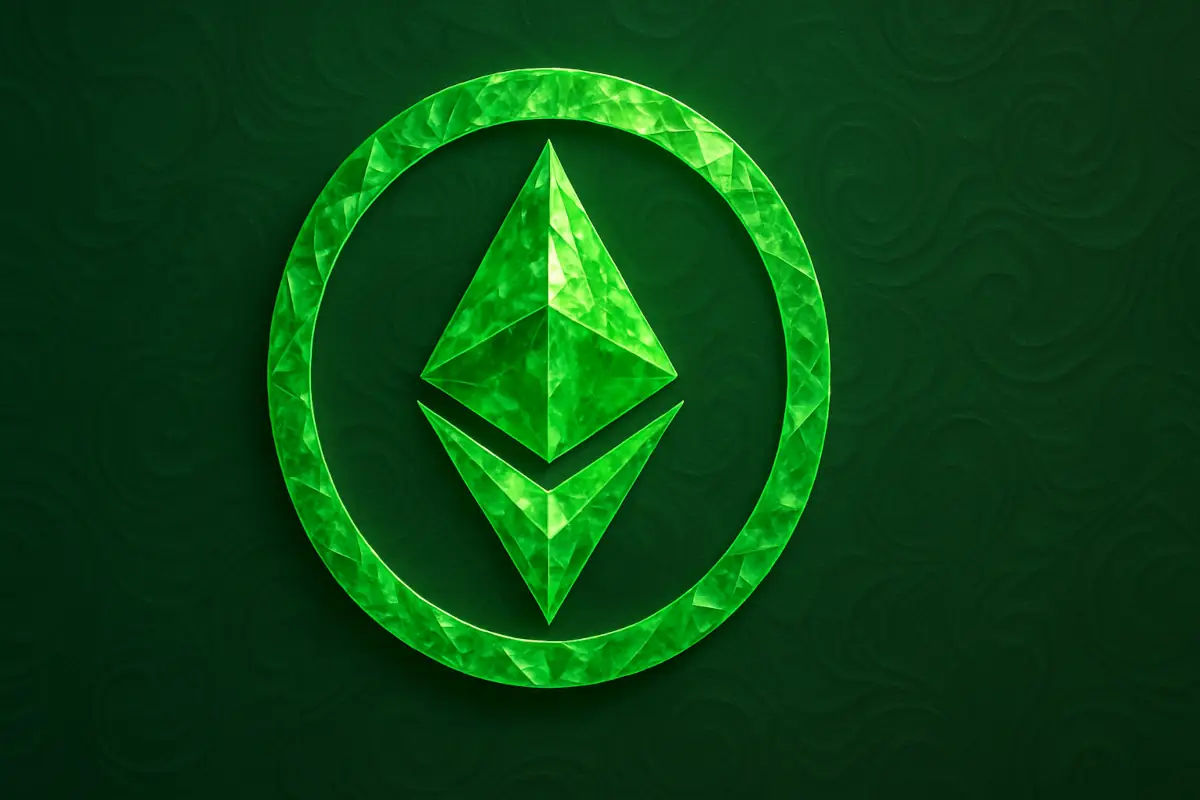Sports betting company SharpLink Gaming has become the largest publicly traded corporate holder of Ethereum, following a large-scale accumulation of the asset. Between June 15 and June 20, the Minneapolis-based firm purchased an additional 12,207 ETH worth $30.6 million.
The purchase brought its total holdings to 188,478 ETH, valued at around $457 million. This strategy places SharpLink at the front of the corporate shift into crypto reserves, just as MicroStrategy did years ago with Bitcoin.
Table of Contents
SharpLink Stakes Entire 188,478 ETH
SharpLink adopted Ethereum as its main reserve asset on June 2, abandoning traditional holdings like cash and bonds. This switch follows a $425 million private placement in May, led by Consensys Software Inc., which brought Ethereum co-founder Joseph Lubin on board as Chairman. Lubin’s addition gave SharpLink both technical backing and institutional credibility to shape its crypto treasury policy.
Instead of passively storing Ethereum, the company is using its entire ETH balance for staking. That means all 188,478 ETH is committed to supporting Ethereum’s proof-of-stake operations, generating returns while helping secure the network. Since June 2, staking has earned the company 120 ETH in rewards.
SharpLink’s leadership sees this as a way to deliver growth in value per share. According to the company, its ETH per share has increased by 18.97% since the adoption of Ethereum as the reserve asset. The approach marks a departure from the conservative treasury norms common in the gaming sector.
SharpLink Stock Jumps 7% After Ethereum Buy
News of the latest ETH purchase was made public shortly after June 20. Following the announcement, SharpLink’s stock rose over 7% in regular trading, ending the session at $9.66 before reaching $9.77 after hours. The stock had previously fallen sharply – by more than 87% from its late-May peak of $79 – after investor caution surrounding secondary offerings and its earlier $463 million Ethereum buy.
Still, the latest price bounce signals restored confidence from investors, particularly with the Nasdaq approving options trading for SharpLink on June 18. This could improve liquidity for the company’s shares and attract more institutional interest.
Despite the volatility, the current momentum reflects belief in the firm’s strategy, especially among traders keeping a close eye on crypto treasury moves in public companies.
Why Ethereum Co-founder Says He’s No Michael Saylor
The comparisons to Michael Saylor began as SharpLink ramped up its ETH acquisitions. Social commentary quickly picked up on the similarity in scale and ambition. Analysts say Ethereum finally has its own Saylor.
But Joseph Lubin addressed the comparison directly in a June 20 interview. “I’ll be the Joe Lubin of Ethereum”, he said, suggesting that the ETH playbook is different from Bitcoin’s. Lubin emphasized that Ethereum’s staking and functional use in applications require a broader approach.
Where MicroStrategy focused on Bitcoin purely as a reserve asset, SharpLink is building a treasury model that interacts with Ethereum’s technology layer. Yield generation, on-chain integration, and decentralized use cases form part of its roadmap – a clear split from Saylor’s store-of-value emphasis.
SharpLink’s High-Yield Treasury Loop
SharpLink’s process follows a repeating cycle: raise capital through equity offerings, use the funds to buy Ethereum, stake it to earn yield, then feed staking returns back into the balance sheet. This loop mirrors MicroStrategy’s method of equity-to-crypto conversion but adds the staking layer as an income source.
CEO Rob Phythian confirmed that Ethereum is now SharpLink’s core treasury asset. Backers like Pantera and Consensys seem to agree with the decision, having committed significant sums in the May placement. These moves are part of a long-range strategy to build a corporate treasury structure that thrives on blockchain-native tools.
The company continues to post numbers in line with its targets. Its staking performance, share price recovery, and ETH accumulation pace all reflect a consistent execution pattern.




